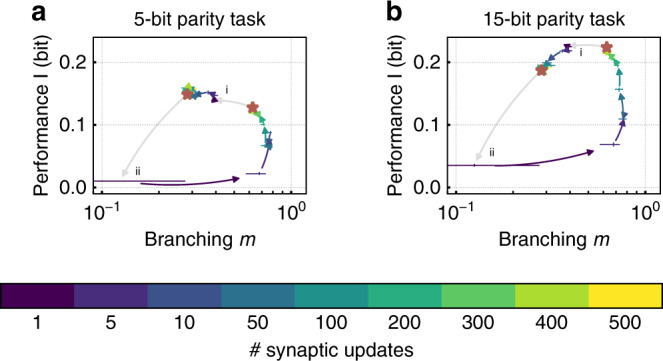Fig. 6. The network can be dynamically adapted by changing the degree of the input Kext.

After convergence of synaptic weights wij, Kext/N is (i) switched from critical (Kext = 0.3) to subcritical (Kex = 0.8) and (ii) vice versa. The branching ratio m and the performance I of the network on a the 5-bit and b the 15-bit parity task are evaluated after various numbers of synaptic updates. The network reaches the same performance and dynamics as when starting from wij = 0 ∀ i, j (marked by red stars). For both tasks, the transition from subcritical to critical dynamics requires more updates as expected. Moreover, optimal performance for (a) the 5-bit task is achieved under strong input (i), whereas (b) the 15-bit task requires low input (ii). The performance is quantified by the mutual information I between the parity of the input and the vote of a linear classifier.
